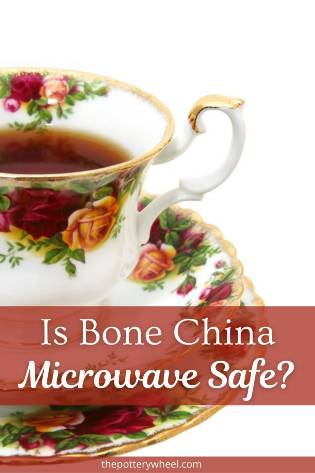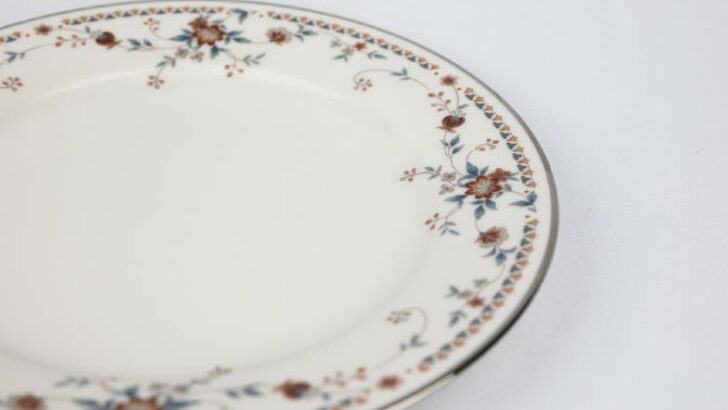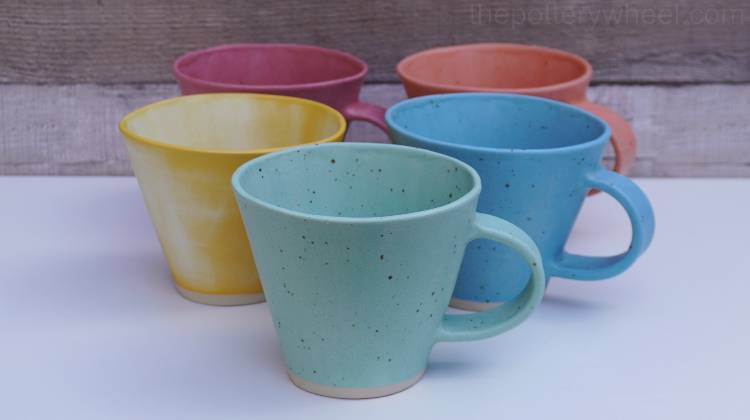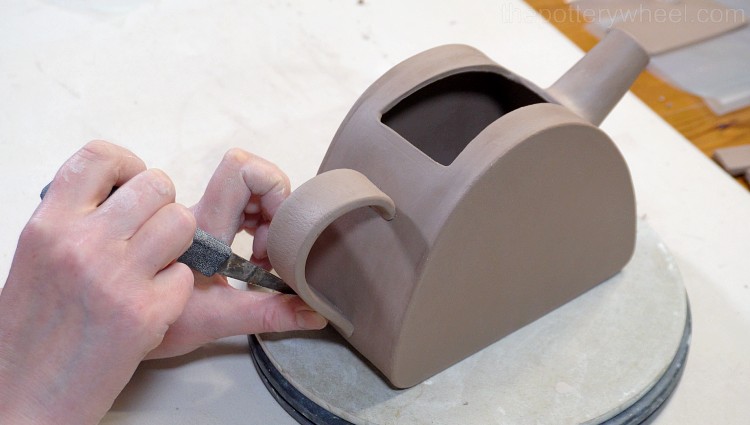For something to be considered microwave-safe, it should not melt or warp under microwave heat. Usually, you can tell if kitchenware is microwave safe by checking for the “microwave safe” label on the underside. So, is bone china microwave safe? Well, you won’t find a microwave-safe sign on most Chinas, especially antique ones. You can only find it in recently produced pieces.
That said, most Bone China dishware is microwave safe. Since bone china is made out of porcelain and bone ash, it does not absorb electromagnetic energy. This energy causes the plate to be hot and might even start a fire. The only ones that might be potentially dangerous are those decorated with metal. The process of adding metals such as gold and platinum to porcelains is called gilding. Metals are not microwave safe as they can spark and even explode.

Is it Safe to Put Bone China in a Microwave?
In general, Bone, China, is microwave safe, just like most porcelains. To understand why bone china is microwave safe, you must first know how a microwave operates. Microwaves are pretty different from your ordinary oven. They warm up food by producing microwaves (a form of radiation energy) which are then absorbed by the food (source). This energy causes water molecules in the food to vibrate, producing heat that warms up the food.
Any product that is microwave safe will barely absorb the microwaves and heat up very slowly. Therefore, one of the ways to determine if something is microwave safe is to check whether it gets hot when you warm your food.
Despite clay retaining a certain degree of porosity even after being fired, you don’t have to worry about your bone china absorbing moisture. This is because they are glazed between firings which seals the surface of the piece.
Since they contain little-to-no moisture, bone china pieces will not warm up in the microwave. They can only be warmed by the food and not the microwave itself.
Also, Chinas are fired at very high temperatures, making them durable and resistant to heat and thermal shock. Thermal shock occurs when your piece experiences a sudden shift in temperature, which causes your kitchenware to crack.
Most ceramics have low thermal expansions, and they easily crack. However, bone china and fine china are more resistant. Therefore, even if your food gets too hot and you remove it from the microwave, the sudden temperature change will likely not damage your favorite bone china plate.
When is Bone China Not Microwave Safe?
When such metals are infused in the whiteware, they cannot be considered to be microwave safe. Therefore, ensure that the tableware or dinnerware designs on your Bone China do not include metal. This also consists of any silver, gold, or platinum ornamentation that should not be used in a microwave.
Suppose the base of Bone China is adorned with a gold pattern or a gold border, and you place the Bone China dinnerware in the microwave oven. In that case, the gold layer on the Bone China surface will create a powerful electric spark due to the intense microwave radiation.
The radiation will severely harm the gold coating and cause it to lose its golden brightness, and the sparks will induce fear and danger, which will be more critical than just destroying the Bone China dinnerware.
It’s the same reason you shouldn’t microwave cutlery tools like forks, knives, and spoons for safety reasons. Even trace amounts of metal may absorb tremendous heat. It may also result in arcing, sparking, and fire from the meal you’re microwaving.
How to Test if Bone China is Microwave Safe
The simplest method to confirm whether your china is microwave safe is to check the hallmark. Flip your piece over so that the bottom is facing you. Examine the back of the dish. Many dinnerware has either “not for use in microwaves” or “microwave friendly” written on them. However, this is only applicable to modern Chinas.
If your piece has no clear markings, you can try to test its electromagnetic energy absorption. Fill a microwave-safe glass or cup about three-quarters with water. It is critical to use a microwave-safe cup; otherwise, the test may fail. To be sure, look for a cup with the microwave-safe mark on the bottom.
Place the glass of water and the dish in the microwave, side by side. Microwave the two simultaneously for one minute on high power.
After a minute in the microwave, remove the cup of water with a potholder or oven mitts. Then, lay your palm on the dish in question to check its temperature. If the dish is warm and the water is cold, it is not microwave safe. A warm dish means it has absorbed heat/ electromagnetic energy. If the dish’s temperature does not change and the water is warm, it is considered microwave safe.
Final Thoughts
In conclusion, most bone china is microwave safe. This is because they do not contain any moisture content and they do not absorb electromagnetic energy. As such, microwave ovens do not heat Bone Chinaware; instead, the dishware heats up due to conduction from the food cooked on or inside them.
However, please remember that porcelain or ceramics, in general, are thermally sensitive, which means that excessive temperature changes may cause tableware to break. As a result, do not take dinnerware straight from the freezer and set it in a hot microwave, or take hot dinnerware directly from the microwave and place it in the freezer.
You should carefully reheat a cold plate in a cool oven. Set the range to no more than 225°F for the first ten min. You may then adjust the temperature to your liking.




